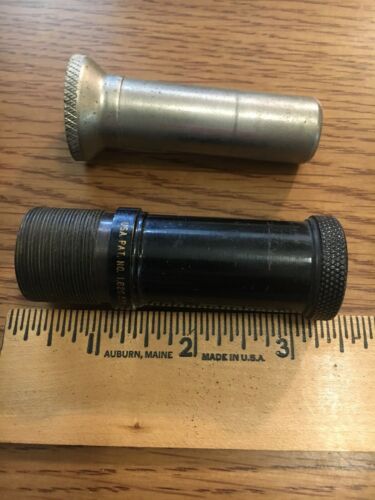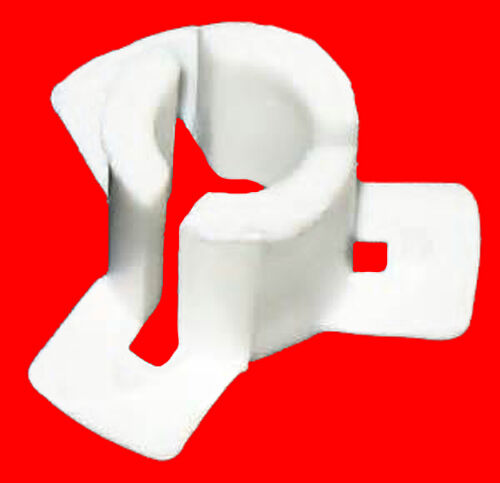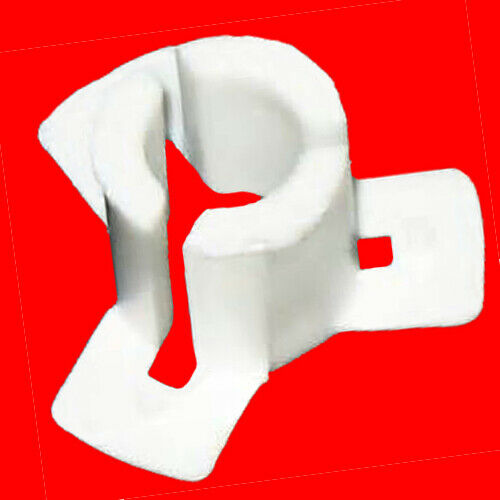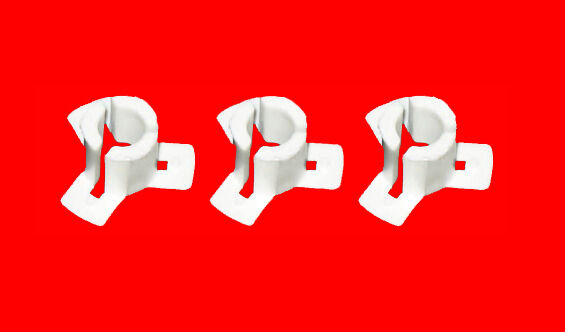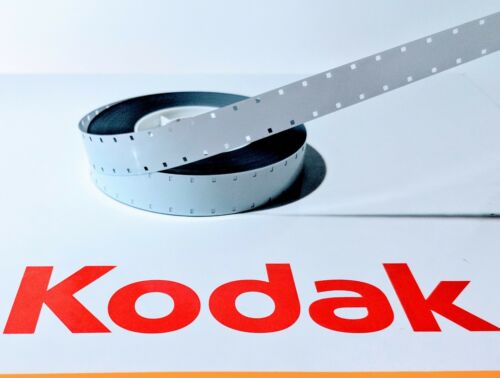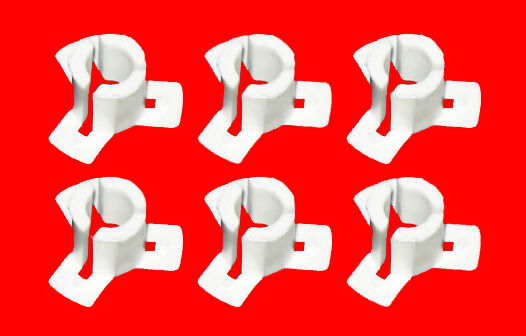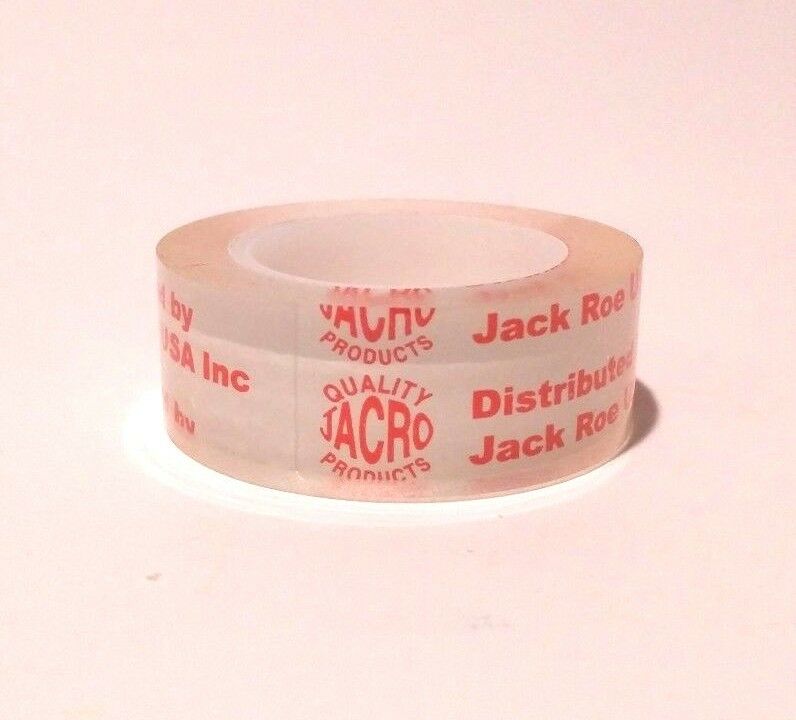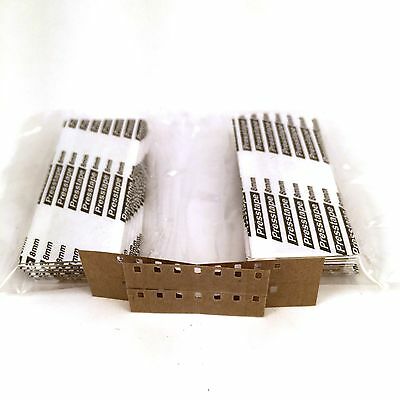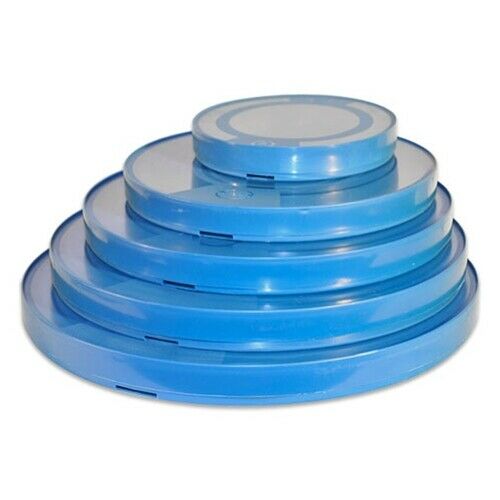-40%
Kodak Projection Lens Vintage / Antique Pat. # From 1927, See Description
$ 10.56
- Description
- Size Guide
Description
Kodak Projection Lens Vintage / Antique Pat.# from 1927 See Description. The only info I could find on this was a patent number. See below for description of patent. Ships free with USPS First class Mail. Includes the other lens shown in photo. No markings on that one.SEARCH ROOM March 8, 1927. 1,620,339
6. w. FREDERICK ET AL PROJECTION osmcmvs Filed May 20, 1926 .4
T2 4 Q L flzioknass& 7/ Lens liadu/ 58 am BIT-me RZ=6QZ L2 JZZ=6019 K 407 s=967 L R=ZZ27 T ai; 1.525 590 llfizarlasWFredericli SgllonaQ JQgd;
X BY TTORNEYS.
Patented Mar. 8, 1927.
UNITED STATES PATENT OFFICE.
CHARLES W. FREDERICK AND DONALD L. WOOD, OF ROCHESTER, NEW YORK, AS- SIGNORS TO EASTMAN KODAK COMPANY, OF ROCHESTER, NEW YORK, A CORPORA- TION OF NEW YORK.
PROJECTION OBJECTIVE.
Application filed May 20, 1926.
This invention relates to an objective for projection purposes and particularly to such an objective designed for use in small and inexpensive projectors intended for home and amateur use.
Expense is obviously a much greater consideration in the design of equipments for such use than for professional use. It is necessary not only that the objective itself shall be inexpensive, but also that it will be of wide aperture in order that the lamp and lamp-house may be likewise small and compact and as inexpensive as possible. The limitations in size as to these necessarily limits the candle power of the light source, which is thus practically limited to an incandescent lamp of small size. The users are, however, accustomed to view public motion picture exhibitions where the quality and illumination of the projected image are as good as can be obtained with equipment where expense and compactness are not limiting factors.
The desiderata of an objective for amateur projection purposes are thus inexpensiveness, wide aperture and a reasonably high degree of correction.
We have attained these apparently contradictory requirements to a very satisfactory degree, in an objective of the type disclosed on the accompanying drawing. This objective consists of two separated components, the rear one of which, that is the one nearer the film gate, is a positive meniscus with the concave side facing the gate. This is placed ver close to the gate, or in other words, the o 'ective has a very short back focal length. l3y reason of the shape and position of the rear element, most of the rays in the beam from the gate are collected thereby, and so refracted as to be included within a beam directed through the front component, which is a simple cemented combination, separated from the rear component by a distance nearly as great as the equivalent focal length of the objective.
The following points, all making for cheapness in manufacture, are to be noted. The objective consists of but three elements. But two kinds of glass are used, and these are both inexpensive. None of the curves are steep, the greatest curvature being on. a
